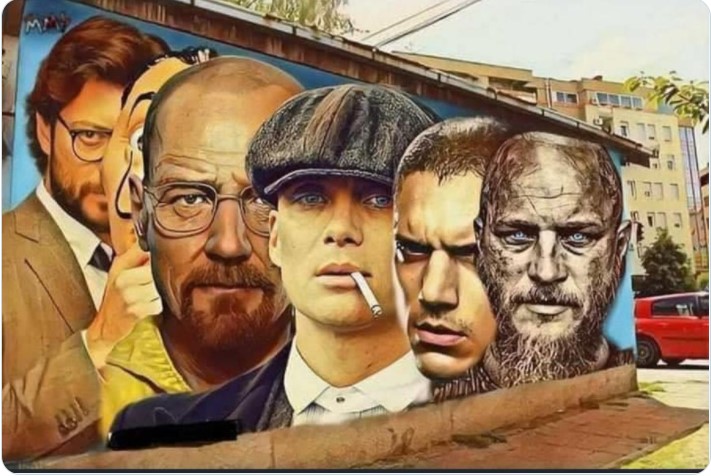The Unabridged Love for Antagonists in Entertainment
Imagine the Professor is leading the grandest monetary reform instead of the greatest money heist. Walter White is going to stay the amicable Mr.Chips forever. Picture Ted Mosby instead of Joe Goldberg. Hannah Kahnwald is a loving mother to Jonas. The countless imaginations that could ruin the stories that people so dearly cherish. Welcome to the world of antagonists!
The onset of prime recognition for antagonists as the chief opposing force towards the protagonist was marked in the eighteenth century in Samuel Richardson’s Clarrisa. An antagonist character, priorly believed to be the elevating and opposing character for the protagonist becomes the most center of the novel in the form of Lovelace, the seducer and rescuer of Clarrisa.
Since then, directors, writers, lyricists, and script writers have experimented with the notion of what characters can gain momentum in the success of a piece. It led to the journey of transformation of the conventional ideals of a hero into the concept of an anti-hero, a character with ideals contrary to the protagonist, but ultimately giving in to the goals and desires of the hero to the concept of an antagonist, a devilish and vindictive master of the story against the protagonist.
The classic characters McMurphy, Michael Corleone, Patrick Bateman, and the modern characters of Walter White, Lord Voldemort, Kylo Ren, and Amy Dunne, all with titular characters with morality lying in a grey area. The master visionary of antagonist characters, Stephen King, has the highest number of books adapted to films. Alfred Hitchcock, popularly known as the Master of Suspense and ambassador of anti-heroes and antagonists in film and theatre, is recognized to be one of the best film directors ever.
What is the real obsession with such ideologies and characters? As Maureen Ryan, American chief television critic explains, “Lesser shows make you pump your fist and root for the lead characters, no matter what they’ve done. But first-rate shows never let you forget that the lead character is not someone you want to emulate, and at times, they make you question why you empathize with them at all.” An online research paper published by the Penn State College of Medicine, Hershey, USA analyzed that protagonist characters performed significantly higher levels of violence than their antagonist counterparts. This contradicts the notion of the protagonist concept and equipped everyone highly desensitized to violence and malice.
The Journal of Scandinavian Cinema also published the search of the inner antagonist in Joachim Trier’s films. A common problem for many young characters in the films of Joachim Trier ‐ the inner conflict as an antagonist as he tends to consider all sides of a matter rather than fleeting judgment. Thus, the high levels of presence and identification of antagonism are mostly induced because of the immense popularity and can be sensed through a strong insight and inclination.
The high levels of empathy towards them correlate to their instinctual and human nature that has a strong sense of pursuit of anything and everything through no moral sense of the route. Our favorite anti-heroes and antagonists become our heroes when they say “Keep your friends close, but your enemies closer” (Love Michael Corleone). They can reflect our alter ego and conscience. They stimulate a love which is unabridged and today, highly acceptable.




Comments